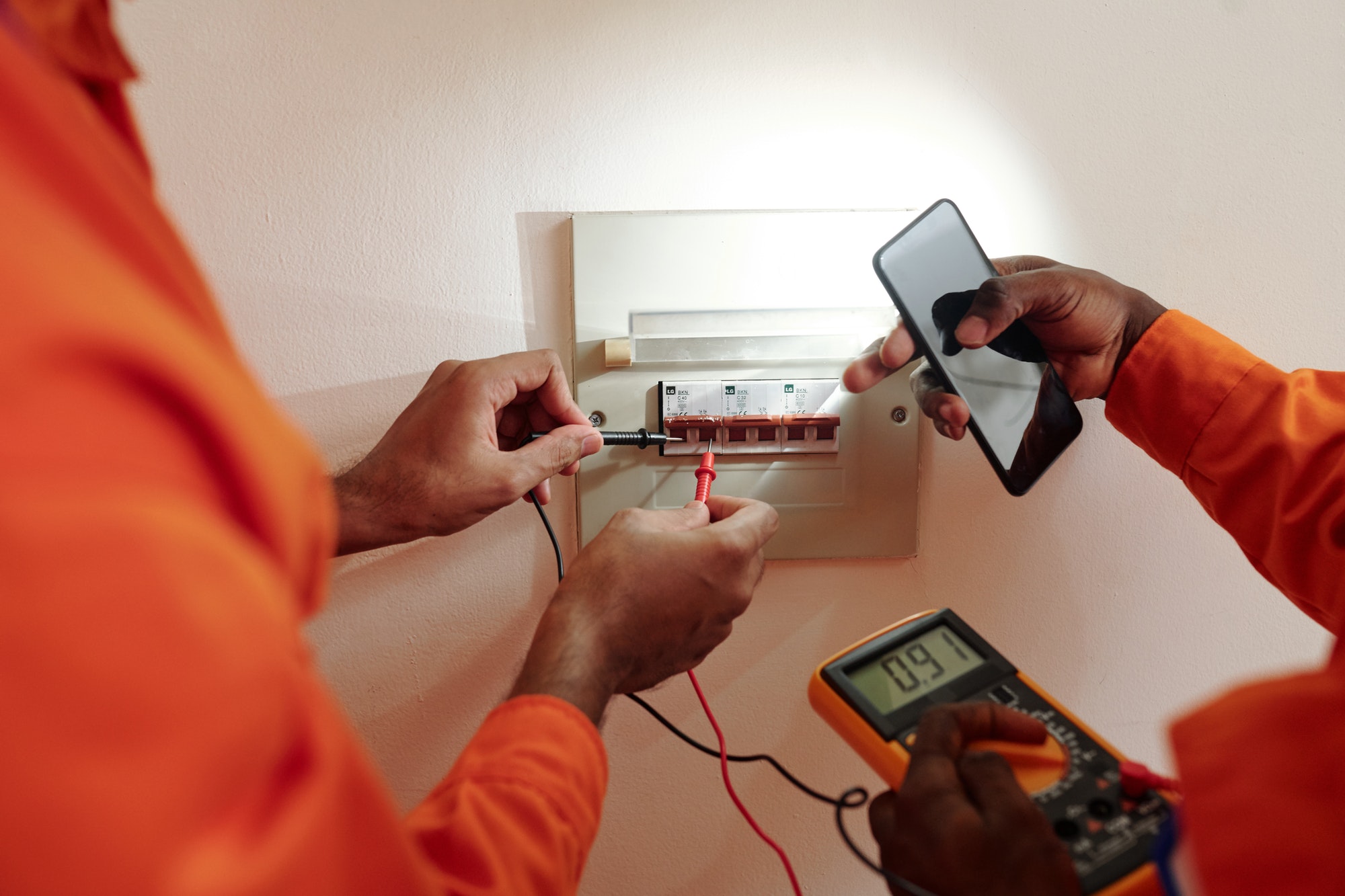A well-maintained fusebox is vital for ensuring your home’s electrical system functions safely and efficiently. One of the most common maintenance tasks you might encounter is resetting tripped fuses and breakers. Understanding how to properly handle these components can prevent potential electrical issues and keep your system running smoothly. Here’s a straightforward guide on how to reset tripped fuses and breakers.
Resetting Circuit Breakers
- Identify the Tripped Breaker: First, locate your fusebox, usually found in basements, garages, or utility rooms. Open the panel door and check for a breaker that has moved to the “OFF” position or is stuck in the middle. Often, a tripped breaker will appear different from the others that are in the “ON” position.
- Turn Off Sensitive Electronics: Before resetting the breaker, turn off or unplug any sensitive electronics to prevent damage from a surge when the power is restored.
- Reset the Breaker: To reset the breaker, first push it fully to the “OFF” position and then flip it back to the “ON” position. You should hear a clicking sound when it’s properly reset. If the breaker trips again soon after resetting or won’t stay in the “ON” position, this could indicate a more serious electrical problem that requires professional attention.
Replacing Fuses
- Identify the Blown Fuse: In older systems using screw-in fuses, identify the blown fuse by looking for a broken filament visible through the glass or a discolored or cloudy appearance. Always turn off the main power switch before attempting to replace a fuse.
- Remove the Blown Fuse: Carefully unscrew the blown fuse by turning it counterclockwise. It’s advisable to use a fuse puller or rubber gloves to avoid any direct contact with metal parts.
- Install a New Fuse: Screw in a new fuse that matches the same amperage rating as the old one. It is crucial to use the correct amperage to prevent any risk of fire. Once the new fuse is in place, turn the main power back on.
Safety Precautions
- Always use the right tools: Use insulated tools and wear rubber-soled shoes when working on your electrical panel.
- Know your limits: If you are not confident in your ability to safely reset breakers or replace fuses, or if the issue recurs, it’s important to contact a licensed electrician.
- Avoid overloading circuits: To prevent future trips, avoid overloading circuits by distributing high-wattage appliances across different circuits and minimizing the use of extension cords.
Regular Maintenance Checks
- Inspect regularly: Regularly check your fusebox for any signs of damage or wear. Look for signs of rust, loose connections, or a musty smell that could indicate dampness.
- Test GFCI outlets: Test ground fault circuit interrupter (GFCI) outlets monthly by pressing the “Test” button, ensuring they trip and then resetting them. This is crucial for preventing shocks.
Conclusion
Maintaining your home’s fusebox and understanding how to handle tripped breakers and blown fuses is an essential part of home safety and electrical maintenance. Regular checks and knowing how to quickly address simple issues can help you keep your electrical system in top condition, preventing more serious problems down the line. For persistent issues, always consult with a professional to ensure your home’s electrical system is safe and up to standard.







